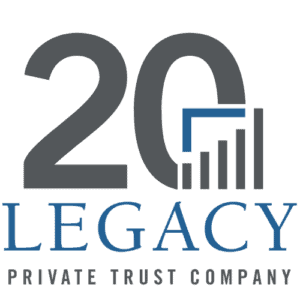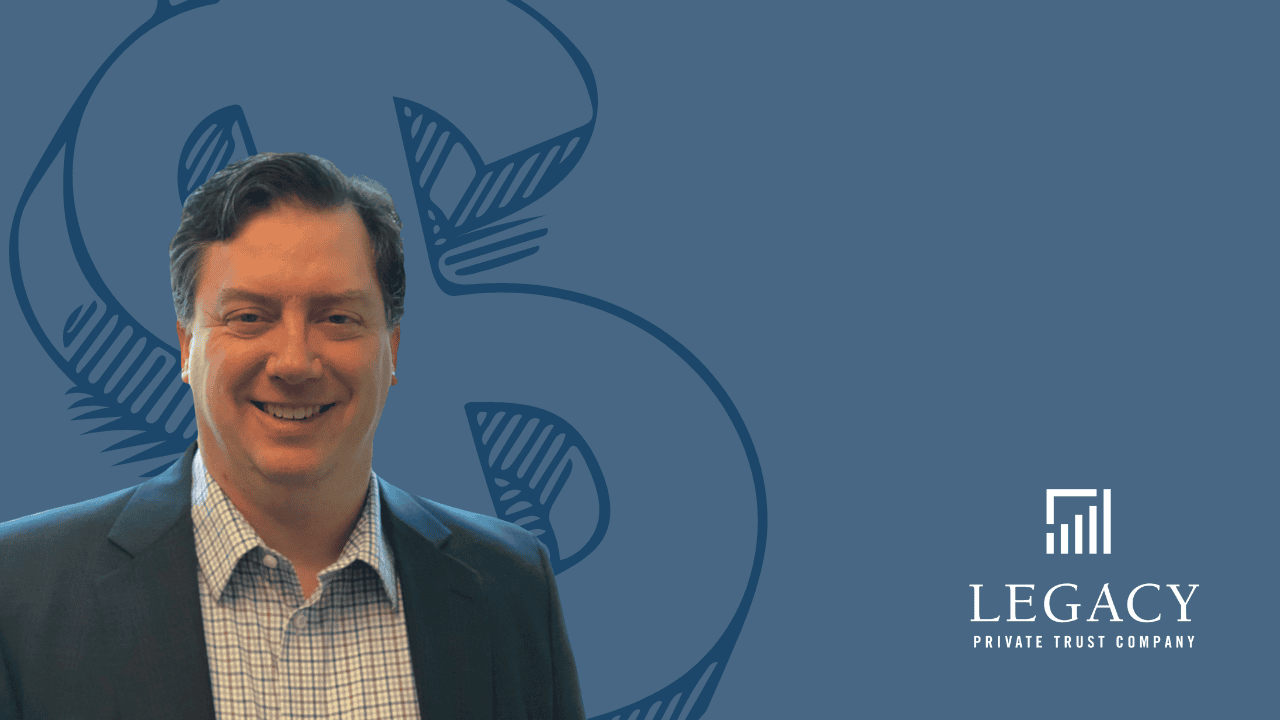Banks have always prioritized their customers’ security. With the rise of digital transactions and online shopping, ensuring this security has become more critical than ever. Enter tokenization — an innovative technology that banks employ to shield their customers from fraudulent activities.
A Glance at Protective Technologies
- EMV Chip: This little chip on your card isn’t just for show. It crafts a unique cryptogram for every transaction you make, making every transaction distinct and harder to replicate.
- Encryption: Ever wonder how banks secure the data you share online? Encryption transforms your sensitive data into a code, ensuring only those authorized can decipher and access it.
Choosing Your Mode of Payment
- Online: Whether you’re shopping through mobile apps or websites, online transactions are becoming a staple of modern life.
- Smartphones: With features like NFC, QR codes, and Bluetooth, smartphones aren’t just communication devices. They’re evolving into digital wallets.
- Card: The classic choice. Even with all the technological advancements, physical cards remain a reliable payment method.
Understanding Fraud: The Different Faces
- Card Not Present (45%): This occurs primarily with online retailers. Here, the fraudster doesn’t need the physical card but uses the account data for malicious transactions.
- Counterfeit (38%): This involves duplicating the card using its account data.
- Lost or Stolen (13%): Direct unauthorized use of misplaced or stolen cards.
- Others (4%): Miscellaneous fraudulent activities that don’t fall under the main categories.
The Strength of Tokenization – What Is It?
Tokenization replaces your sensitive account data with a “token” — a unique identifier of no value if stolen. The beauty of this process is its invisibility; it operates seamlessly, requiring no effort from the customer.
How Are Tokens Created?
- A customer initiates a transaction, sharing their account number.
- This number is relayed through the network, where the bank authenticates it.
- Once verified, the network generates a token to replace the account number.
Tokenized Transactions: The Process
- A customer makes a payment — either online or via tap-to-pay.
- The merchant receives the token and forwards it to their Merchant Acquirer.
- It’s then passed to the network, where it resides securely.
- Within its “Token Vault,” the network matches the token to the customer’s account number.
- Subsequently, the network conveys both the token and the account number to the bank for transaction verification.
- Upon approval, this verification cascades back through the Network, the Merchant Acquirer, and finally, to the merchant.
Why Are Stolen Tokens Worthless?
Tokens aren’t just random numbers. They can be tailored to specific transaction criteria:
- Valid for a certain time frame.
- Exclusive to a specific retailer.
- Restricted to a particular dollar amount.
This specificity means that even if a retailer’s systems are breached, fraudsters can only obtain tokenized data, which is invaluable to them. Furthermore, any attempted token misuse (outside its defined parameters) gets instantly flagged and denied by the network.
Continued Safety
While customers might not notice these intricate processes, banks constantly implement invisible shields to guard against fraud. Tokenization stands out as a powerful testament to banks’ commitment to ensuring every transaction you make is safe and secure. When trusting your finances with institutions like Legacy Private Trust Company, rest assured that every step is taken to protect your financial well-being. For additional information about tokenization and similar topics, visit https://www.aba.com/news-research/analysis-guides/tokenization-infographic.
If you are a Legacy client and have questions, please do not hesitate to contact your Legacy advisor. If you are not a Legacy client and are interested in learning more about our approach to personalized wealth management, please contact us at 920.967.5020 or info@lptrust.com.
This newsletter is provided for informational purposes only.
It is not intended as legal, accounting, or financial planning advice.




